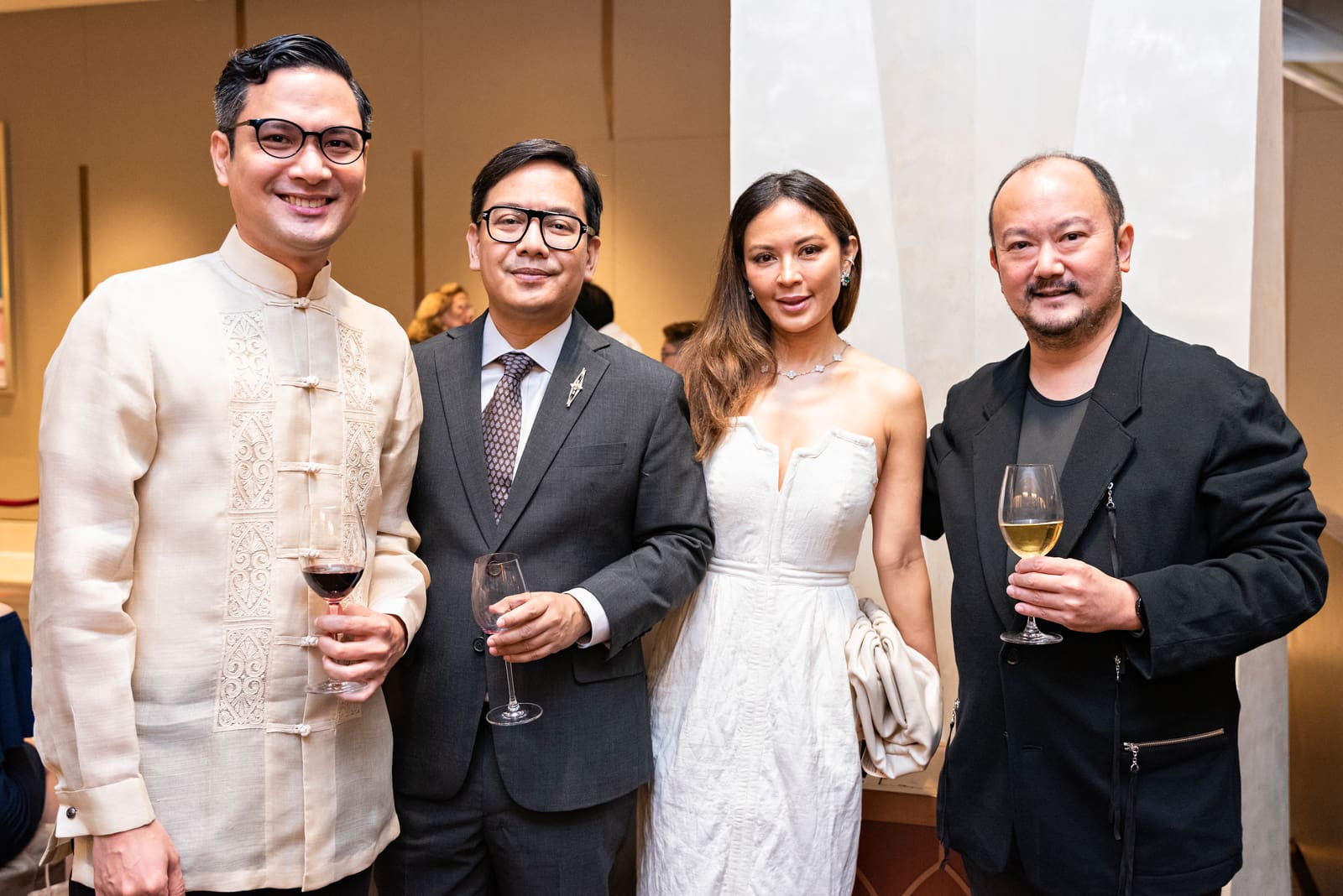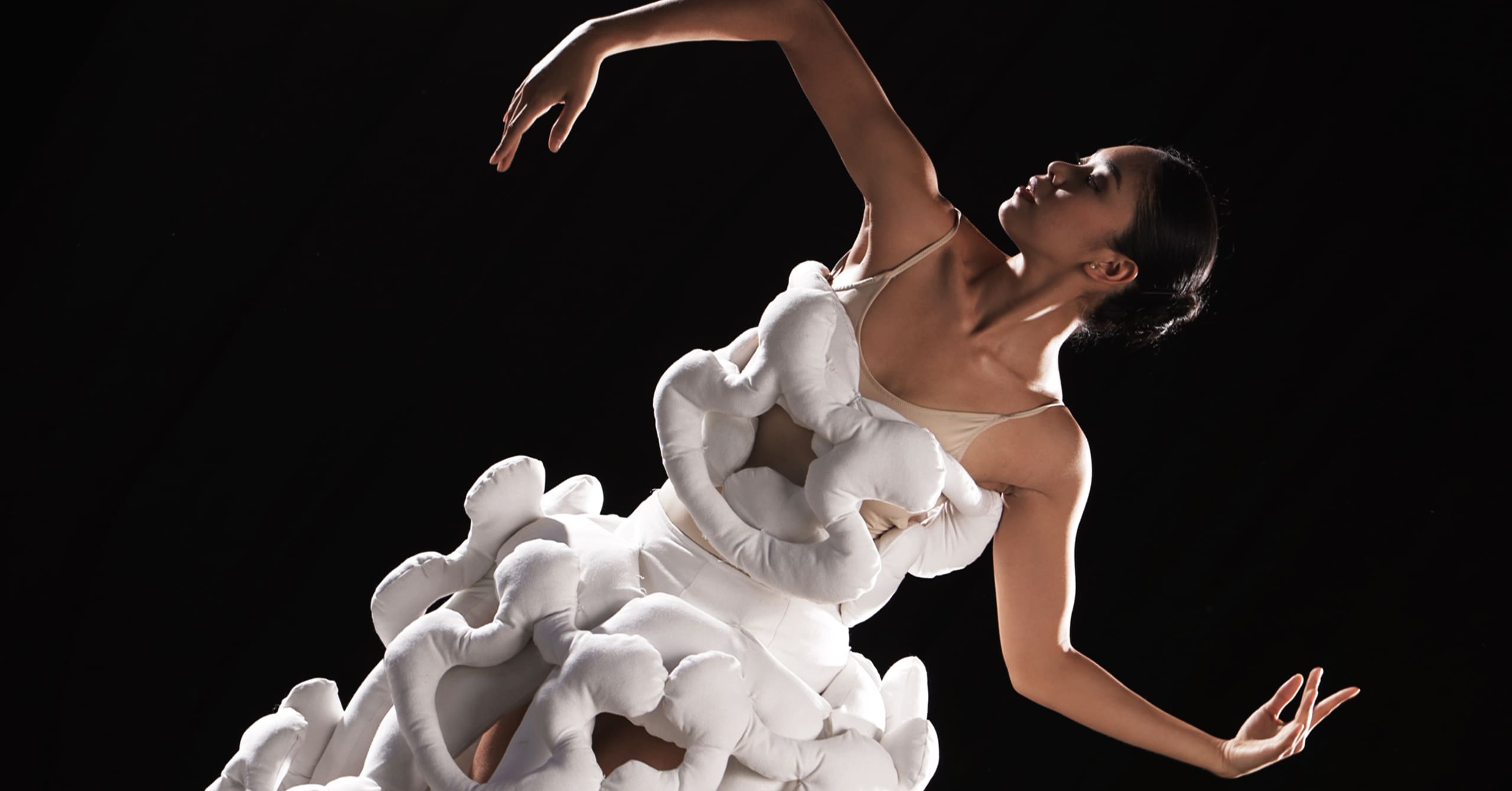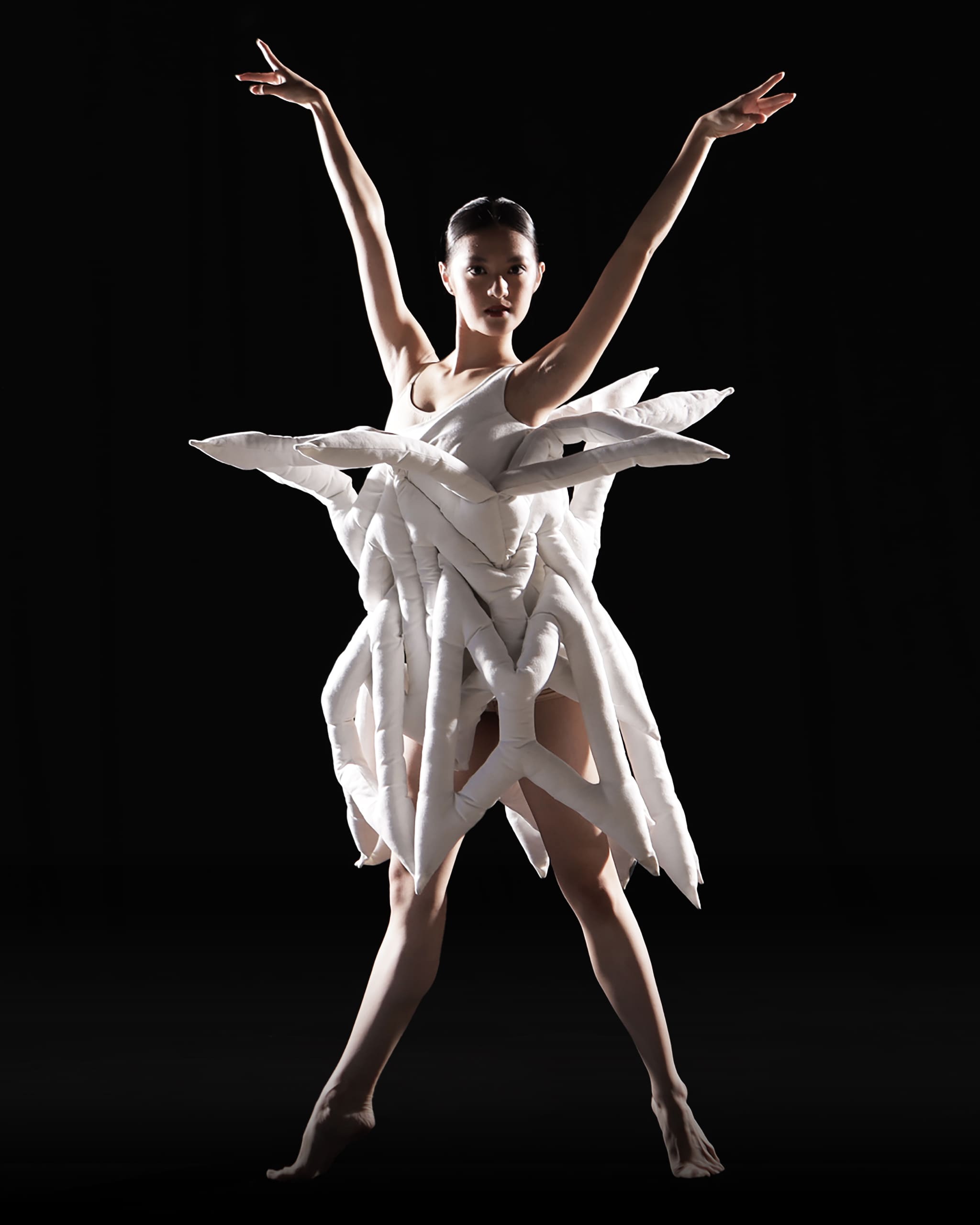Courtesy of Ballet Philippines
The architect’s collaboration with Ballet Philippines is a celebration of Filipino culture.
What does an architect know about creating a ballet? If you’re Carlo Calma, the question might be: how does movement inform architecture? Can you dance to design, or boogie to a building? Over one weekend at the Solaire Theatre, audiences saw how Calma transposed his architectural vision into the world of the stage through Diyosa, an original Ballet Philippines production that delves into Philippine mythology.


Diyosa, choreographed by BP artistic director Mikhail Martynyuk, is an expansion of a four-minute dance film, one of dozens BP produced during the pandemic when live performances were shut down. Calma was also involved in two short BP OnStream films, both using houses he designed as a space with which dancers would interact. In “Infinity House,” a futuristic-brutalist abode defined by geometric shapes and portals become a site of exploration for some curious Leeroy New-costumed creatures. In “Galvanized House,” dancers masked in nude stockings cavort like ghostly sprites, animating a house so named for its homage to yero.
“Dance has always haunted my work,” Calma says. One of his very first art exhibitions was an installation that included layered wooded sculptures of dancers, from ballerinas to Michael Jackson. When BP president Maimai Liechtenstein asked Calma to design a full-length ballet to close out their 53rd season in less than six months, he took on the challenge with confidence. Coming out of the pandemic, he knew that the work must send a strong message about pressing environmental issues. Calma had all these ideas percolating in his mind, which one could aptly describe as overactive and exuberant.
And so Carlo Calma’s Diyosa was born, or perhaps reincarnated—with gods and goddesses inhabiting various apparatuses, sculptural set pieces inspired by Filipino culture, from balikbayan boxes to fishing nets. Contrasting with the boxy and angular wooden structures are the dancers’ costumes, white and pillowy. “They look like clouds, or they look like doll effigies or voodoo dolls or however you may want to interpret it, but they’re all kind of soft sculptures,” he describes. “We also did this so that we can beam video projections on them. It’s a blank canvas.”


Diyosa is a multi-layered experience, with video of virtual dreamscapes pulsating behind the apparatuses that spin around the stage. The dancers maneuver in and out of their stuffed costumes (one of which reportedly weighs 10 kilos), dancing in short vignettes—one for each of the eight deities— to electronic music produced by the pseudonymous Pitch Veil. The mesmerizing score, which incorporates orchestral sounds and Filipino traditional instruments, ties all the disparate elements together into a thoroughly contemporary performance.
If all of this sounds overwhelming, patrons are thankfully given a guide to the gods and goddesses and what they symbolize, their corresponding anitos, and the iridescent kinetic sculptures of trees, portals, and yes, a cockroach. Calma’s newly launched book, An Architect’s Guide to Making a Ballet, details his process in depth, giving the viewer and reader a deeper appreciation of the craft that went into making the various sculptures and other scenographic elements, themselves individual works of art.

“My work has always blurred the boundaries of art and architecture,” Calma says. “I feel that the spaces I create are kind of performative spaces which also have this dynamism and can change and shift. Dancing and movement have the kind of grammar that is related to architecture.”
Carlo Calma’s language of space is one that dares to defy expectations. From houses that move to costumes that shelter, his art and architectural practices don’t stop dancing.

- The Global Rising Stars Of Classical Ballet Take Center Stage With The American Ballet Theater Studio Company
- Filipino Photographer Hannah Reyes Morales Wins World Press Photo
- Galila Arts Festival: A New Home For Philippine Creatives
- The American Ballet Theatre Studio Company Returns To The Philippines For A Cause
